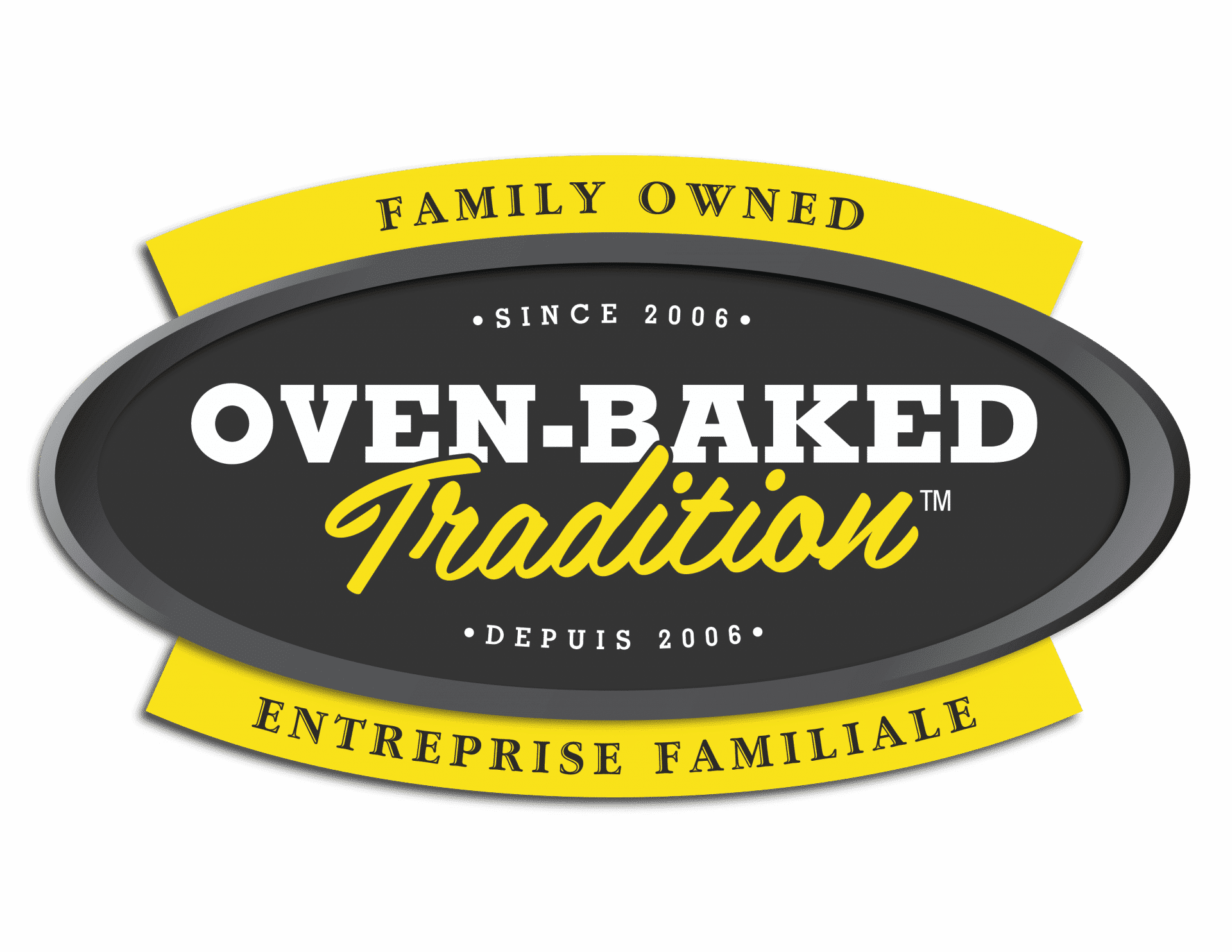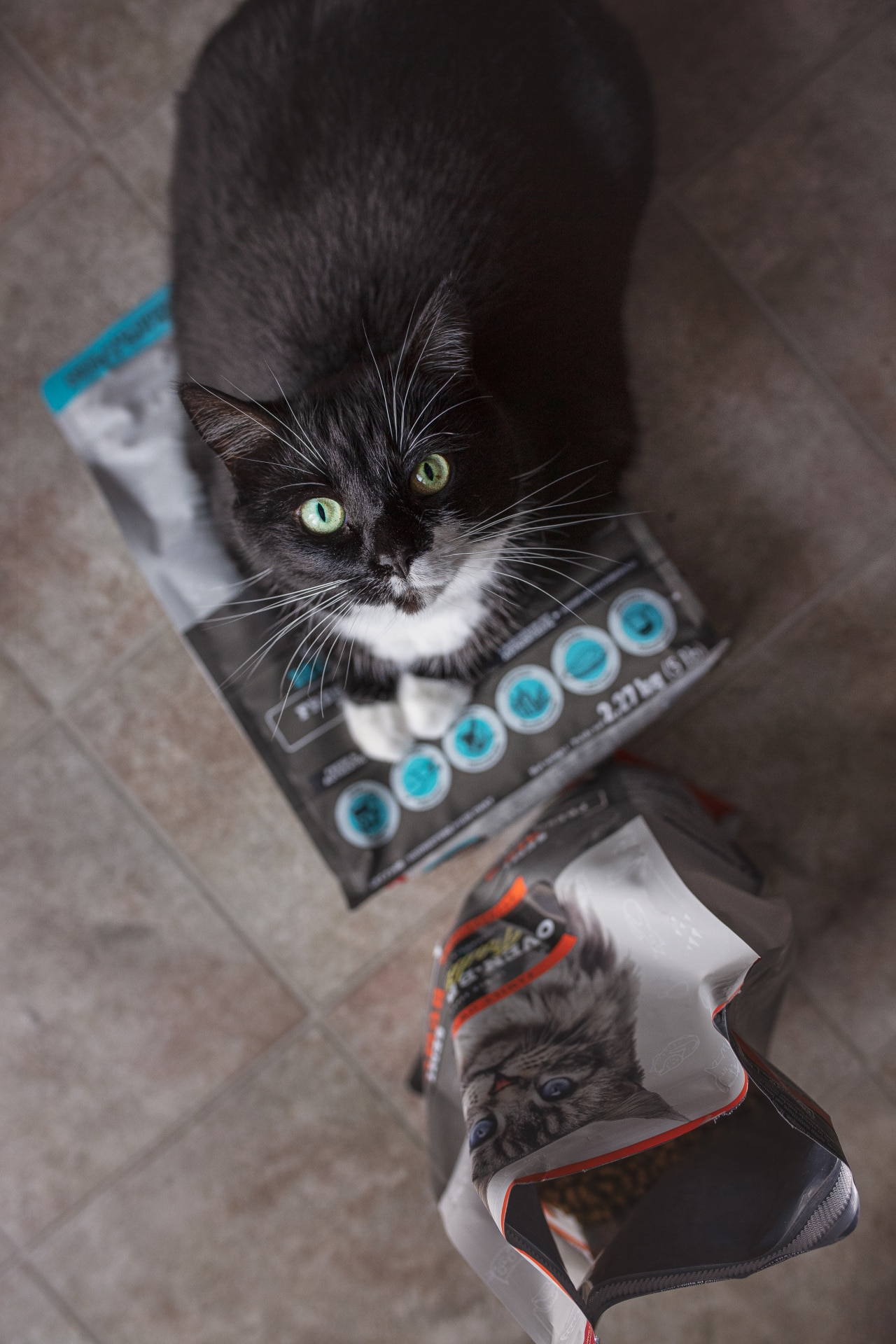Operant conditioning is based on a strong logic: an animal will repeat a behaviour if it feels good and will avoid a behaviour that does not feel good. Most people know about using corrections and punishments, and more and more people know about the effect of positive reinforcement. But is it all there is?
Operant Conditioning works in 4 different quadrants:
1) Positive Reinforcement: A good action is rewarded with a good consequence, for example treats, attention or toys.
2) Negative Punishment: When a “bad” behaviour happens, something good is removed. For instance, pulling to go see a doggy friend results in not moving forward anymore or having the doggy friend leave.
3) Positive Punishment: A “bad” behaviour results in an addition of a bad consequence, like leash jerking.
4) Negative Reinforcement: A good action is rewarded with the removal of a negative action. For instance, a dog with a choke collar gets released around his neck from not pulling.
And because a picture is worth a thousand words:
from http://www.flickr.com/photos/lilita/5498602890/in/photostream/
Positive dog training usually means that the trainer uses “positive reinforcement” and “negative punishment” in his training tool boxes: good behaviours are rewarded and bad ones are not reinforced, while another more appropriate behaviour is taught.
When you meet a pet trainer, ask him or her in which of the four quadrants he or she works in. Quickly, you will know what to expect and if his or her training methods fit your believes. And if he or she cannot answer this simple training question, then you know all about his competence…


